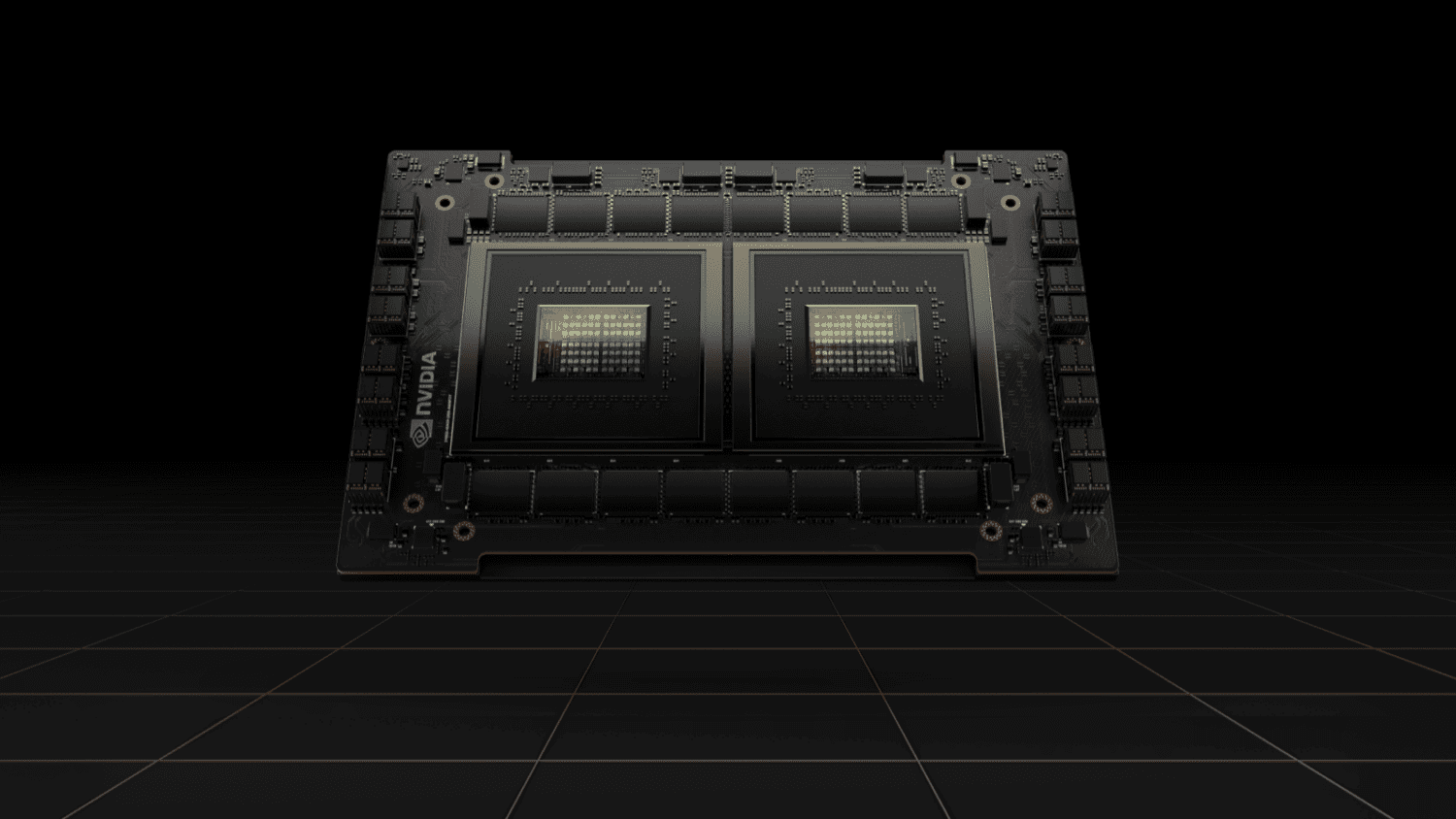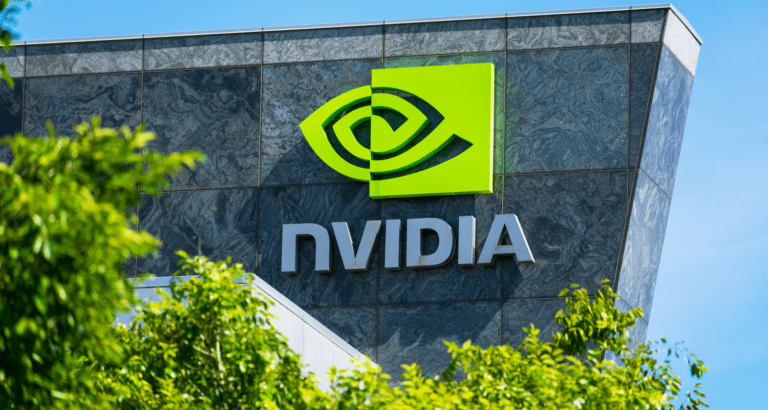Nvidia introduced the Grace CPU Superchip and the Grace Hopper Superchip for high-performance computing and artificial intelligence.
The chips were officially launched at Computex 2022 and designed for workloads that require intense computing power.
Grace CPU Superchip
The Grace CPU Superchip consists of two Arm-based processors connected at high bandwidth through a low-latency Nvidia NVLink-C2C interconnect. The chipset features 144 Arm Neoverse cores and 1 TB/s of system memory. A PCIe Gen5 interface allows the powerful chipset to be easily combined with Nvidia GPUs and BlueField-3 DPUs for HPC workloads.

Grace Hopper Superchip
In addition to the Nvidia Grace CPU Superchip, Nvidia launched the Grace Hopper Superchip. This platform combines the Grace CPU Superchip with a GPU for faster processing capabilities. The Grace Hopper features a low-latency Nvidia NVLink-C2C interconnect as well. Instead of a PCIe Gen5 interface, Nvidia opted for a 900 Gbps coherent interface that’s up to seven times faster. The Superchip is suitable for processing large amounts of HPC and AI workloads.
Vendor systems and supercomputing environments
According to Nvidia, the chipsets are compatible with the systems of traditional data center vendors. Among those supported are Dell Technologies, HPE, Lenovo, Inspur Group, GigaByte Technology, Super Micro and Atos.
In addition, major research institutes will use the chipsets to conduct research. Los Alamos National Laboratory, a nuclear research center in the US, is applying the chipsets in a new HPC setup called Venado. This setup consists of a HPE Cray EX supercomputer environment with a mix of Grace CPU Superchips and Grace Hopper Superchips. The setup should eventually deliver a computing capacity of over 10 exaflops.
Tip: Europe’s first exascale supercomputers are one step closer
